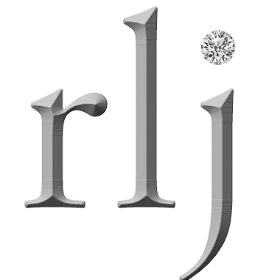TAG Heuer Introduces In-House Calibre 1969 chronograph movement
TAG Heuer is a-wash in change. New people, new places, new ideas.Stephane Linder, a Swiss-born, former US executive with the brand, is the newly-promoted global CEO who’s arrived back home in Switzerland, just in time for the opening of d-Avant Garde Manufacture, the newly built facility in Chevenez, in the Jura region of Switzerland. Put the two together, brand new manufacturing facility plus brand new CEO, and can a brand new mission be far behind?
Setting the Bar High
Linder, long with TAG Heuer, as an engineer and a product development manager, knows watchmaking and movements inside and out and now he’s taking the two and setting a lofty goal for the new facility: to dramatically increase the number of movements made in-house. He’s tagged (no pun intended) the brand new Calibre 1969 chronograph movement to be the first. The Calibre 1887 movement, introduced in 2009 will also be produced here.
And what are the combined numbers Linder is determined to see at the Chevenez site? According to the TAG Heuer website:
- 50,000 in 2014
- 100,000 in 2016
The Calibre 1969 and 1887 are not the only two movements TAG Heuer produces in-house but they are the only two the luxury manufacturer makes and produces. The movements in the Monaco V4 and MicroPendulumS are also produced in-house, but they’re made elsewhere and in numbers that no way approach the Calibre’s.
Meeting these goals in manufacturing capacity will vault the 153-year old company into new territory. Not only will TAG Heuer be the largest industrial Swiss-made chronograph moment producer of all brands but one of the rare few with the capacity to make all its chronograph components – dials, cases, and movements.
Movements
If you’re like me, you may be saying to yourself what’s a movement? The movement, as its name suggests is what makes the hands move, the watch’s engine.
Hand-Wound
The original and most basic movement is the mechanical, the type inside the watches that have to be wound daily. A coiled spring serves as the heart of this type of movement, storing the energy and releasing it, at a measured pace, to the set of gears that move the hands and tell the time.
Self-Winding
The next evolution in movements, also called automatic, winds itself when you move your wrist. This is the type of movement propelling the various hands in the registers of the Calibre 1969 and 1887 models.
Quartz
The quartz movement was introduced in 1970. It revolutionized the watch industry, and in the opinion of watch snobs, displays inferior craftsmanship. The quartz movement consists of fewer moving parts with a quartz crystal and battery replacing the gears. When the battery produces a slight electrical charge to the crystal, the crystal vibrates at a set frequency that regulates the movement of the hands.
But, back to the Calibre 1969. Its automatic movement precisely regulates both the 12-hour and the 30-minute counters and its famous Heuer oscillator pinion. In fact, in watchspeak, caliber means movement. Caliber – calibre, get it?
Related articles





